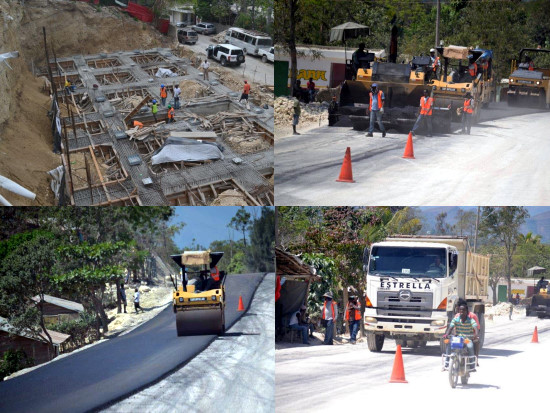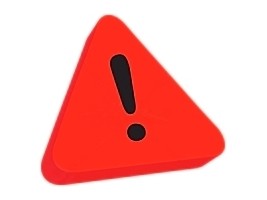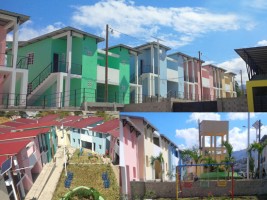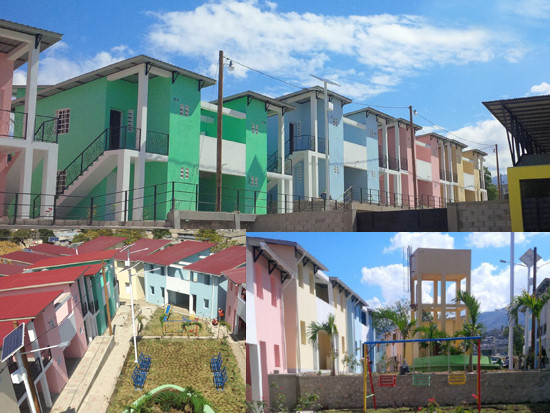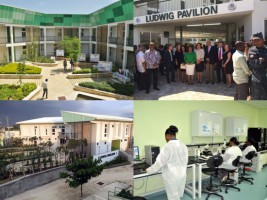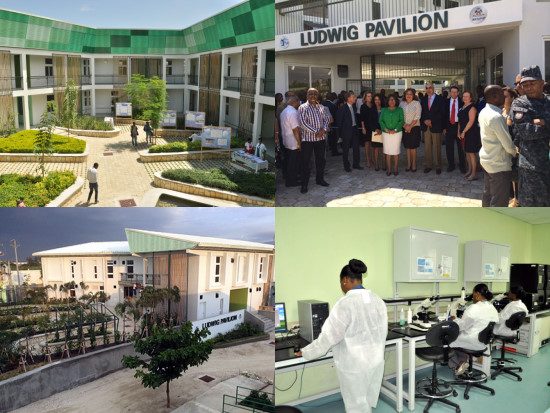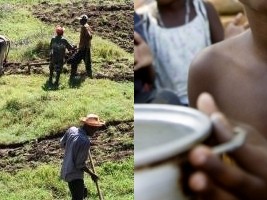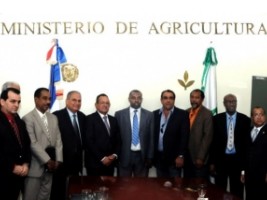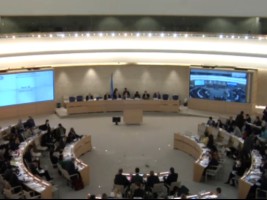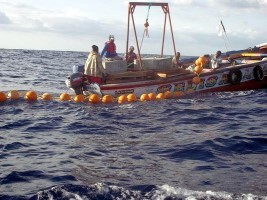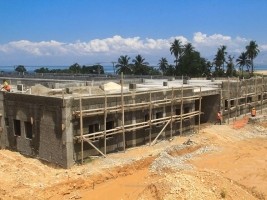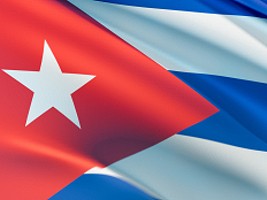Haiti Catholic Nuns Attacked 39 Times Since November, Officials Blame Gang Members

Catholic faithful walk after attending a mass during Palm Sunday in Port-au-Prince, March 29, 2015. Reuters
Catholic nuns have been the primary targets in a series of 39 attacks on at least 27 separate religious outposts in Haiti since November 2014, according to a report. Authorities have yet to determine the motive behind the attacks, though the individuals responsible have repeatedly robbed convents of valuables and singled out nuns for physical violence.
The attacks against members of the Catholic Church have occurred throughout Haiti in six regional departments, according to an exclusive report by the Miami Herald. There have been unconfirmed reports that rapes occurred during some of the assaults, which have yet to directly result in a death but have often led to serious injury.
“Some communities have been hit three, four times,” said Herve Zamor of Conference Haitienne des Religieuses, which coordinates Catholic groups that work in Haiti. “These are communities that don’t have money. There has to be another reason. We believe there is a hidden motivation behind it.
What? I don’t know.”
Haitian police said last week they had arrested five members of the gang responsible for carrying out the attacks and continue to search for an additional 10 gang members. Authorities assert the gang attacked nuns because they have no means of self-defense. “For [gang members], they only deal with their Bibles, their rosaries,” police spokesman Gary Desrosiers told the Herald.
Critics have questioned whether police have actually dismantled the gang responsible for the attacks, the cause of which remains a source of debate. It’s possible the violence was politically-motivated, given Haiti’s tense climate ahead of long-delayed elections later this year, as well as the Catholic Church’s prominent standing in the nation.
“It’s really hard to believe and I can’t figure out what’s really going on,” said William O’Neil, a human rights layer in Haiti. “It seems like it’s something more than pure robbery. But what and who is behind it, who knows?”
Haiti’s next presidential election will be held on Oct. 25, while votes on the nation’s chamber of deputies and the majority of its Senate seats will be held Aug. 9, Haiti’s electoral council said earlier this month. Haiti has not held a Senate election since May 2012. Former Prime Minister Laurent Lamothe was forced to step down in January amid widespread protests after Haiti failed to hold elections as scandals.
The looming elections, as well as a recent increase in social tensions and protests, led Haitian President Michel Martelly to ask the United Nations to delay its planned reduction of its peacekeeping mission in Haiti.
“At the same time, the Haitian government would appreciate there be a bolstered [U.N.] police presence as well as a bolstered presence on the ground for increased support for the Haitian National Police and stronger participation in the daily task of security and protection of civilians,” Haiti’s United Nations ambassador Denis Regis said March 18, according to the Herald.
The attacks against members of the Catholic Church have occurred throughout Haiti in six regional departments, according to an exclusive report by the Miami Herald. There have been unconfirmed reports that rapes occurred during some of the assaults, which have yet to directly result in a death but have often led to serious injury.
“Some communities have been hit three, four times,” said Herve Zamor of Conference Haitienne des Religieuses, which coordinates Catholic groups that work in Haiti. “These are communities that don’t have money. There has to be another reason. We believe there is a hidden motivation behind it.
What? I don’t know.”
Haitian police said last week they had arrested five members of the gang responsible for carrying out the attacks and continue to search for an additional 10 gang members. Authorities assert the gang attacked nuns because they have no means of self-defense. “For [gang members], they only deal with their Bibles, their rosaries,” police spokesman Gary Desrosiers told the Herald.
Critics have questioned whether police have actually dismantled the gang responsible for the attacks, the cause of which remains a source of debate. It’s possible the violence was politically-motivated, given Haiti’s tense climate ahead of long-delayed elections later this year, as well as the Catholic Church’s prominent standing in the nation.
“It’s really hard to believe and I can’t figure out what’s really going on,” said William O’Neil, a human rights layer in Haiti. “It seems like it’s something more than pure robbery. But what and who is behind it, who knows?”
Haiti’s next presidential election will be held on Oct. 25, while votes on the nation’s chamber of deputies and the majority of its Senate seats will be held Aug. 9, Haiti’s electoral council said earlier this month. Haiti has not held a Senate election since May 2012. Former Prime Minister Laurent Lamothe was forced to step down in January amid widespread protests after Haiti failed to hold elections as scandals.
The looming elections, as well as a recent increase in social tensions and protests, led Haitian President Michel Martelly to ask the United Nations to delay its planned reduction of its peacekeeping mission in Haiti.
“At the same time, the Haitian government would appreciate there be a bolstered [U.N.] police presence as well as a bolstered presence on the ground for increased support for the Haitian National Police and stronger participation in the daily task of security and protection of civilians,” Haiti’s United Nations ambassador Denis Regis said March 18, according to the Herald.





